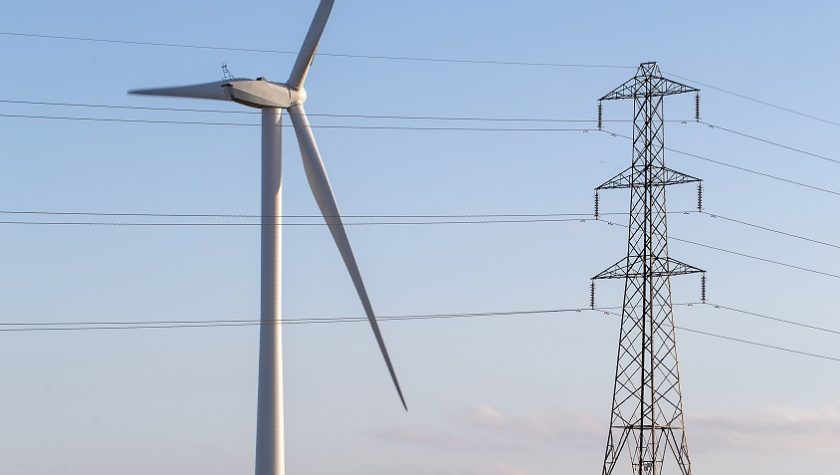Concerns about operating the electricity networks when there are high levels of renewables generation can be overcome without significant costs to the consumer through effective deployment of existing and emerging technologies, according to analysis from the National Infrastructure Commission.
The existing electricity network was designed around generation from coal, nuclear and gas-powered generation. Increasing the proportion of renewable generation to 65% by 2030 limits the scope for using these traditional sources of generation for managing electricity supply.
Operability of highly renewable electricity systems sets out how this will create potential challenges to the four key functions of an effective electricity network: its capacity to respond (inertia), its stability (short circuit level), its efficiency (voltage control) and capacity to deal with plant failures (system restoration). The UK’s electricity system will need to be adapted in response.
The Commission’s analysis confirms that these challenges can be managed through a combination of technologies already widely in use – such as synchronous condensers – and new technologies that modify how renewable generators are connected to the grid.
Professor David Fisk, member of the National Infrastructure Commission, said:
“Our findings should give reassurance that the electricity system can remain stable and operable when a high proportion of power is being generated from renewables. But with less scope for using traditional power stations to manage the networks, we have to future-proof the system.
“The investments necessary for a renewable future are affordable, but need government and operators to take steps now to stimulate the market to generate solutions that ensure the electricity system continues to offer a reliable supply. The electricity system operator’s commitment to run a zero carbon grid by 2025 is a very welcome step.”
The Commission concludes that developing efficient markets will support the development of the mix of solutions needed, at the lowest possible prices. The cost of meeting the operability challenges presented by increased renewables is not expected to be significant compared to the cost of the overall electricity system.
The Commission’s report follows commitments made in the government’s ‘10-point plan for a green industrial revolution’ published last November in areas such as wind power, decarbonising heating, developing hydrogen and carbon capture and storage, further details of which are expected this year.
Notes
- Commission analysis published in August 2020 showed that sharp falls in the cost of renewable generation meant that Britain meeting two thirds of electricity generation need through renewable sources by 2030 could be achieved at the same overall cost as meeting only half of total demand by that date.




